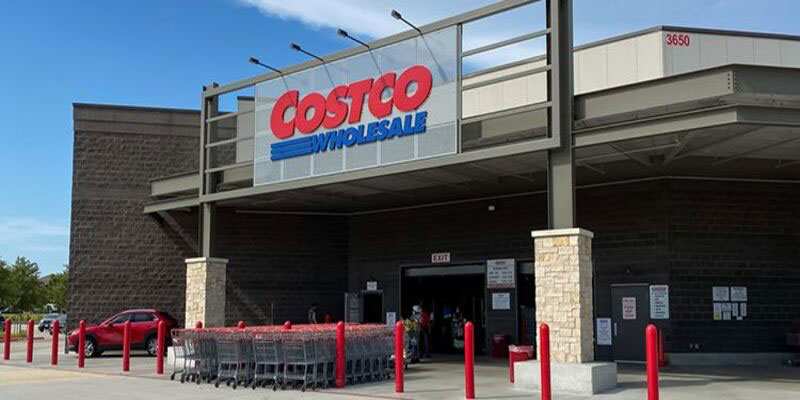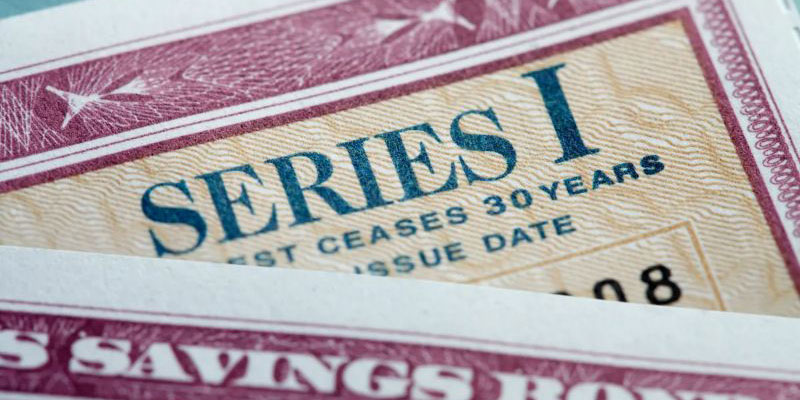
The amount that the borrower owes to the lender is referred to as the debt. A debt can be defined as the total amount of money that has been borrowed for a specific amount of time. Also, it must be returned along with the interest that has been accrued. The borrower's creditworthiness is evaluated to determine the loan amount and whether or not it will be approved.
When it is managed effectively, debt may be beneficial not only to individuals but also to businesses. But debt can be dangerous for borrowers and lenders both. If a company has taken on a significant amount of debt and then has a reduction in sales, the company may not be able to continue making the interest payments, which puts the company in jeopardy of going bankrupt.
What are Companies with No Debt?
In most cases, a business will finance its operations by either issuing debt or obtaining capital in the form of equity. So, Companies with Zero Debt is considered debt-free if it concludes that it will not record any outstanding loans on its balance sheet. Companies without outstanding debt are typically more financially independent and have greater control over their resources.
This does not mean that these kinds of businesses have never taken out loans in the course of their existence. Instead, it merely shows that the organization does not have a burdensome amount of debt. When all the money owed on any loans a business has taken out has been paid back in full, the business can be said to be debt-free.
Top Debt Free Companies- Stocks to Buy
The best and Top Debt Free Companies are
- Community Bank System, Inc.
- Eastern Bankshares, Inc.
- Prosperity Bancshares, Inc.
- Commerce Bancshares, Inc.
- Columbia Sportswear Company
- First Hawaiian, Inc.
How to find Top Debt Free Companies?
Using Tickertape Stock Screener is one of the simplest ways to find Companies with Zero Debt. It helps to determine how much debt a company has; you may use the total or debt-to-equity filters.

Companies with No Debt
Taking a long position in today's uncertain market can be nerve-wracking. If you invest in Companies with Zero Debt, you can alleviate some of that worry.
Direct Competition Impact
Following many years in which interest rates were maintained at all-time lows, the current range for the Federal Funds rate is between 2% and 2.25%. Mortgage loans, credit card interest rates, and the rates of other types of consumer loans can all be affected by the rate.
Several different companies are now undertaking the process of deleveraging debt. On the other hand, this is excellent news for businesses with no outstanding debt. Take, for instance, business competitors:
- Company A
- Company B
- Company C
Consider all of them operate in the same sector. Business A and Company B took advantage of historically low interest rates to accelerate top-line growth. Also, to maybe buy back shares in order to strengthen their financial position. In comparison to the other option, paying off debt is unquestionably the better choice.
Suppose Companies A and B are devoting a greater portion of their available capital to the repayment of their debt. In that case, it follows that they are devoting a lesser portion of their available capital to capital expenditures, often known as CapEx. As a consequence of this, they will have less ability to compete. Also, this will result in a rise in market share for Company C, which does not currently have any debt that needs to be deleveraged. It's possible that Business C won't see the benefits right away. The reason for this is because deflation has a tendency to drag virtually everything else down with it. Despite this, the company will weather the storm better than its competitors and emerge stronger on the other side. When looking at the stocks in the following table, keep this in mind. Gains in market share are not a given for these companies, as there are no guarantees in this regard. Keep in mind, as a last point, that they have a better chance of increasing market share than some of their competitors do.
No Debt Concerns with Companies with Zero Debt
Having a good balance is unquestionably beneficial. Given this, it would be irresponsible to evaluate only one possible solution. Having a healthy cash position in addition to being debt-free is a great way to add value to a company and make it more appealing to potential purchasers.
When looking at annual performance, it is encouraging to see a profit even in a market that is erratic. When it comes to investing in businesses that have no outstanding debt, the process is more like that of an investment than a transaction. In a similar vein, it is a good sign for operational cash flow when there is a strong cash flow creation combined with a large amount of cash and no debt. This assures that the organization will have a strong financial future. In addition to that, the dividend yield is taken into account. The dividends ought to be secure given that the companies do not carry any debt and produce a healthy cash flow.
Stock | The Cash Position | The One-Year Stock Performance |
SEIC | $794 million | 6.5% |
DOX | $709 million | 5.7% |
EXPD | $602 million | 20% |
NHTC | $93.4 million | 31% |
PAYX | $995 million | 34% |
FITB | $2.9 billion | 52% |
ISRG | $1.66 billion | 6.3% |
MNST | $796 million | -2% |
GRMN | $1.45 billion | -1.8% |
TROW | $2.1 billion | 1% |
To Wrap Up
In today's economy, debt is a tactic that is not only important but also necessary. In order to finance necessary projects, businesses frequently incur debt. But, taking on too much debt might be a perilous proposition. Equity, debt, or cash flow generated from operations within the company are the primary means through which businesses satisfy their funding requirements. SEIC, DOX, and PAYX are three major parts that you should look into further if you are interested in finding a business that has no outstanding debt.




